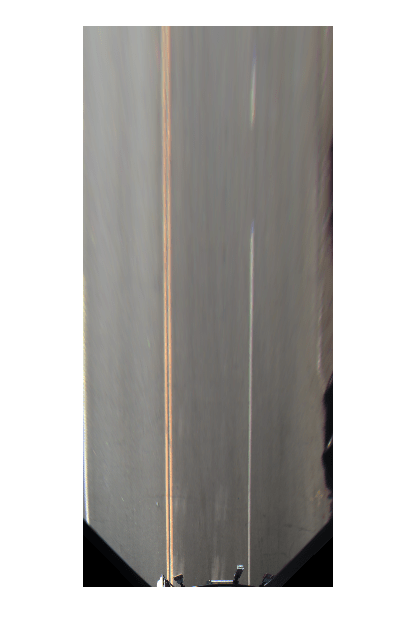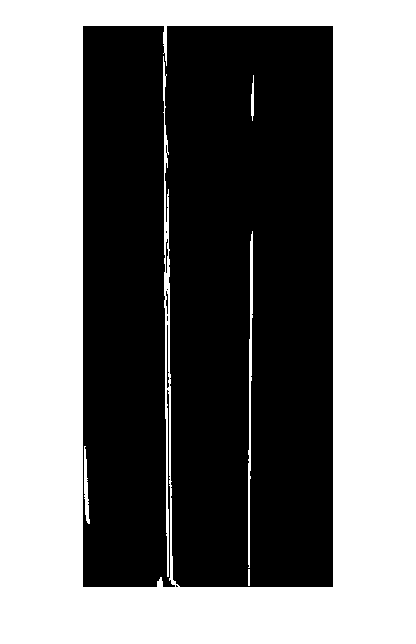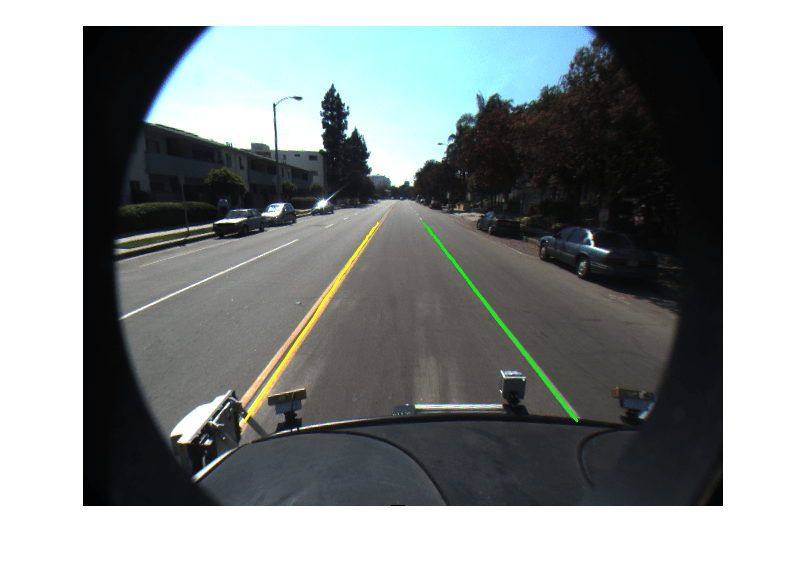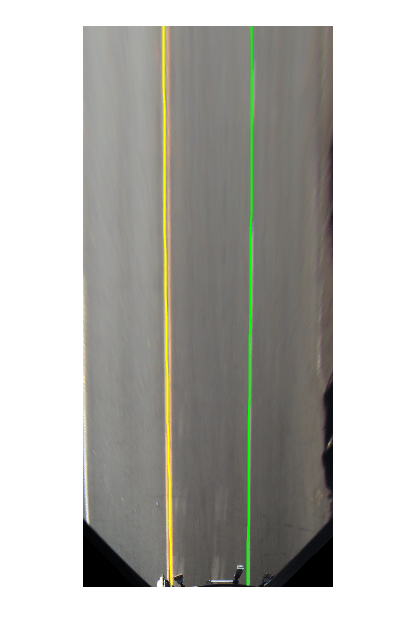findCubicLaneBoundaries
Find boundaries using cubic model
Syntax
Description
boundaries = findCubicLaneBoundaries(xyBoundaryPoints,approxBoundaryWidth)cubicLaneBoundary objects contains the [A B C
D] coefficients of its third-degree polynomial equation and the
strength of the boundary estimate.
[
also returns a cell array of inlier boundary points for each boundary model
found, using the previous input arguments.boundaries,boundaryPoints]
= findCubicLaneBoundaries(xyBoundaryPoints,approxBoundaryWidth)
[___] = findCubicLaneBoundaries(___,
uses options specified by one or more Name,Value)Name,Value pair
arguments, with any of the preceding syntaxes.
Examples
Input Arguments
Name-Value Arguments
Output Arguments
Tips
To fit a single boundary model to a double lane marker, set the
approxBoundaryWidthargument to be large enough to include the width spanning both lane markers.
Algorithms
This function uses
fitPolynomialRANSACto find cubic models. Because this algorithm uses random sampling, the output can vary between runs.The
maxDistanceparameter offitPolynomialRANSACis set to half the width specified in theapproxBoundaryWidthargument. Points are considered inliers if they are within the boundary width. The function obtains the final boundary model using a least-squares fit on the inlier points.
Extended Capabilities
Version History
Introduced in R2018a
See Also
cubicLaneBoundary | birdsEyeView | monoCamera | segmentLaneMarkerRidge | fitPolynomialRANSAC | birdsEyePlot



